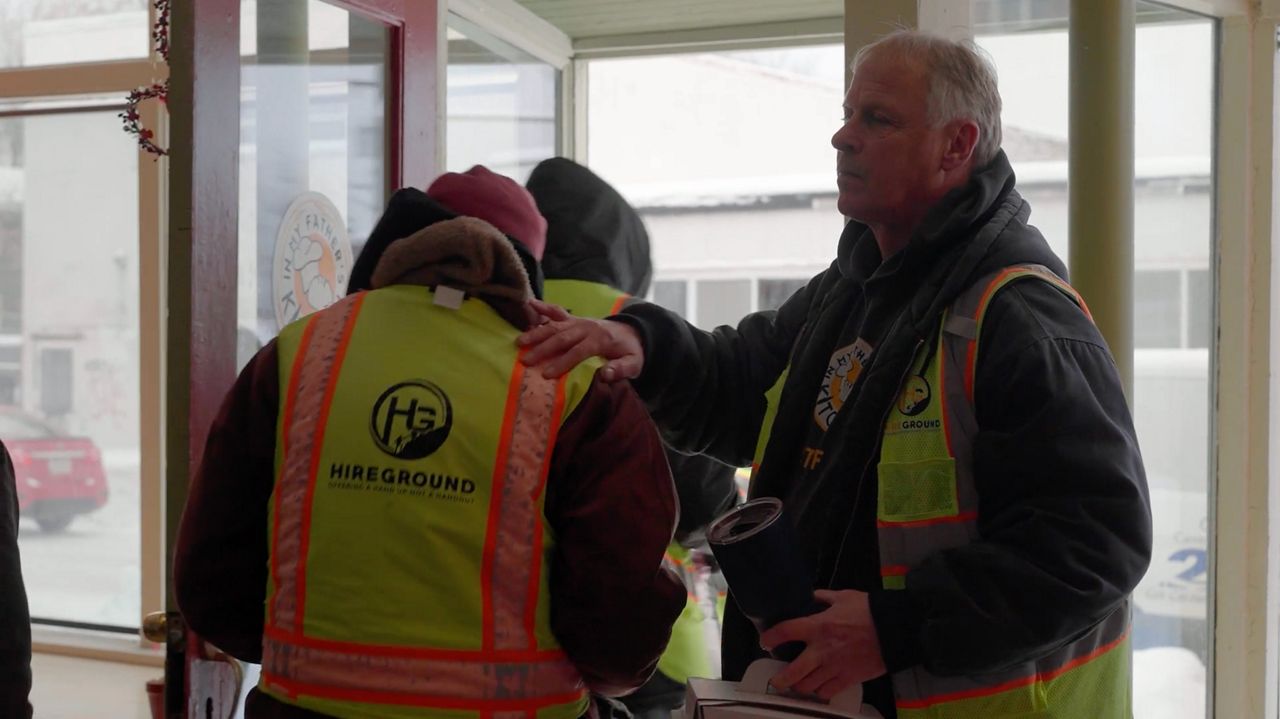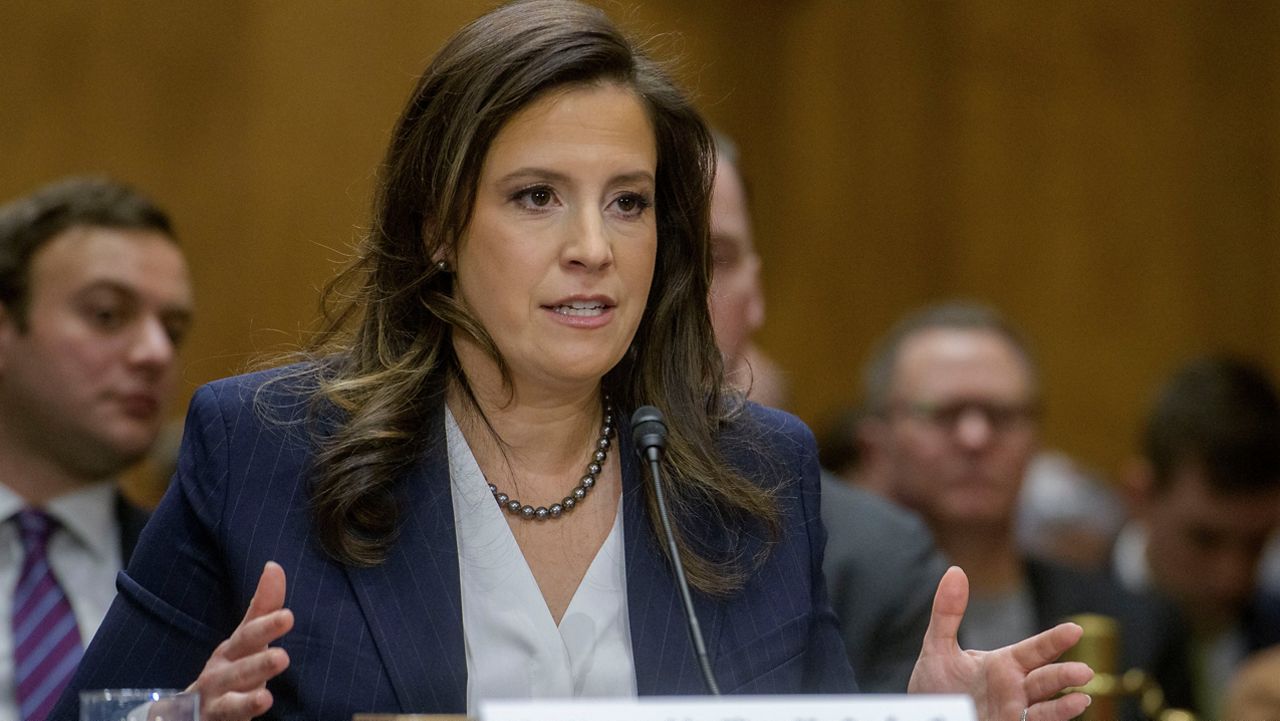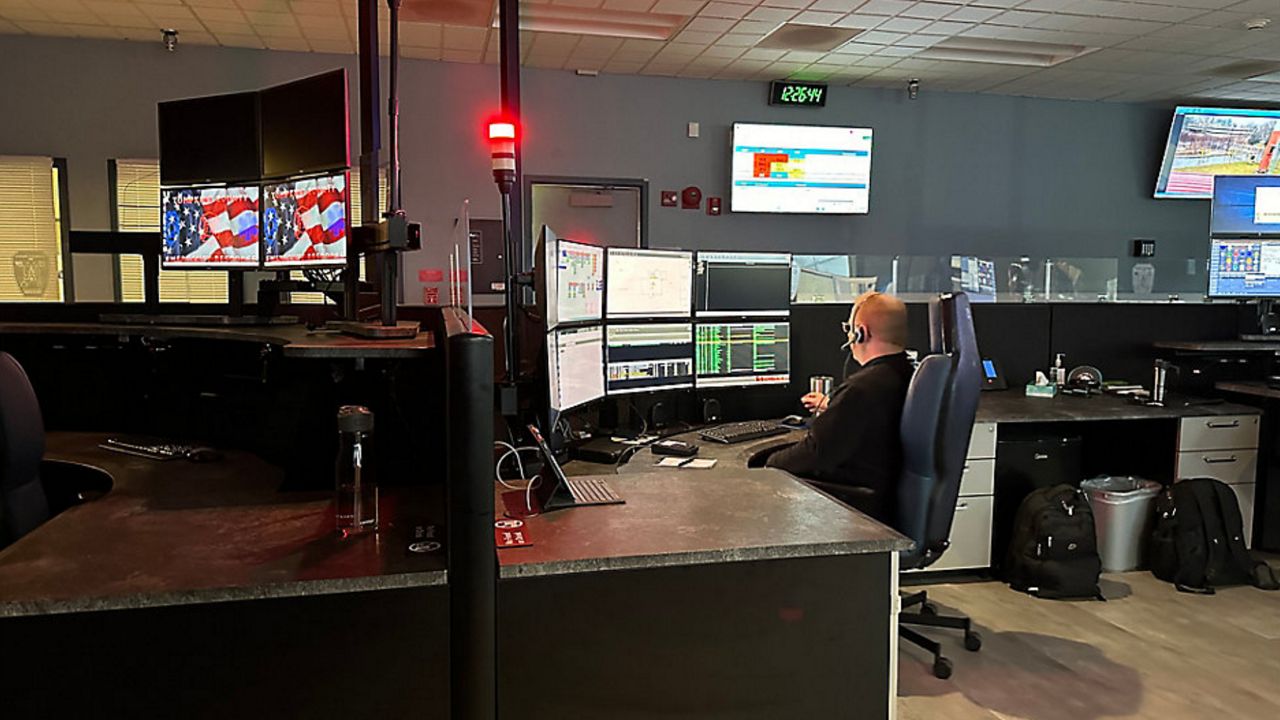An issue anyone can have without knowing it is high blood pressure, which over time can take a toll on a body. There aren’t usually symptoms for high blood pressure, also known as hypertension. That’s why it’s sometimes known as the silent killer.
Tom Kamide didn’t see any red flags about his health until he visited a cardiologist.
“And I share this with people because I could save somebody's life. Now, me personally, my cholesterol was 185. That's good. Everything was good. My wife goes, 'you're going to go to a cardiologist.' I listen to her,” said Kamide.
After several tests, it was discovered he had high blood pressure. That was nine years ago, and now he monitors things like weight and his blood pressure reading.
Kamide's workplace is participating in the Check It! Challenge. The American Heart Association is encouraging people to take their blood pressure twice a month for four months.
“You need a certain amount of pressure. Low blood pressure is not good enough, because then you don't perfuse your organs enough. High blood pressure causes wear and tear in the blood vessels; that's what we're trying to avoid in the long term,” said Dr. Avneet Singh, a cardiologist with Crouse Hospital.
Singh added that there can be contributing factors to high blood pressure like lack of exercise, drinking too much alcohol or eating too much salt. He encourages people to be proactive about their health.
“I think as a society, we have to change this paradigm about associating doctors and providers with disease. We need to go to them for well-being, preventative," Singh said.
Doing something as simple as checking blood pressure regularly could make a difference in preventing bigger issues.
According to the American Heart Association, ideal blood pressure should be below 120/80. Additionally, Singh says three high blood pressure readings in different settings could be an indicator for hypertension.
According to the New York State Department of Health, around 30% of adults in the state have been diagnosed with high blood pressure. Some of the upstate counties with the highest percentages of adults with high blood pressure are Orleans, Seneca and Clinton counties.









